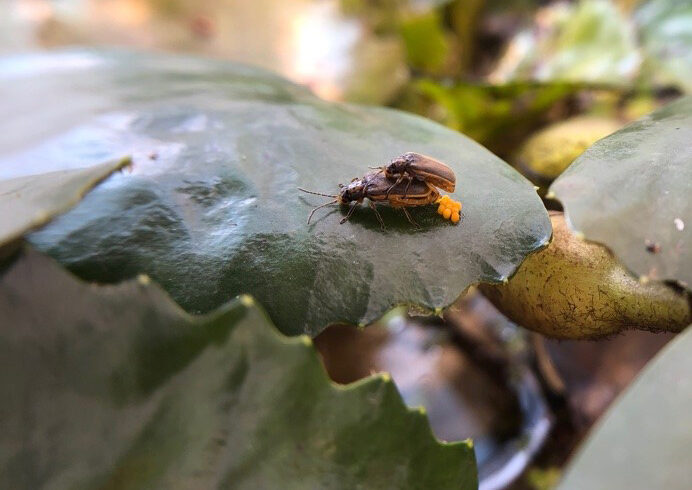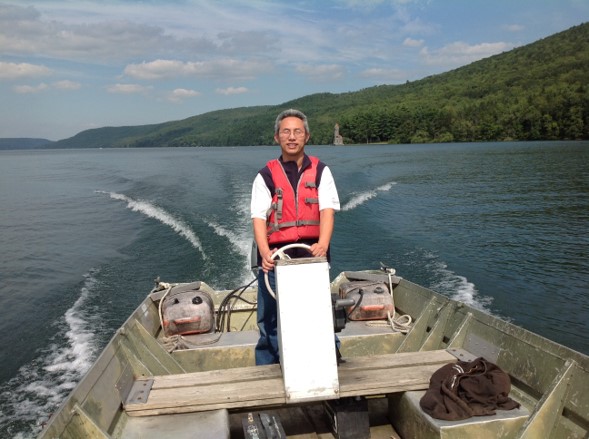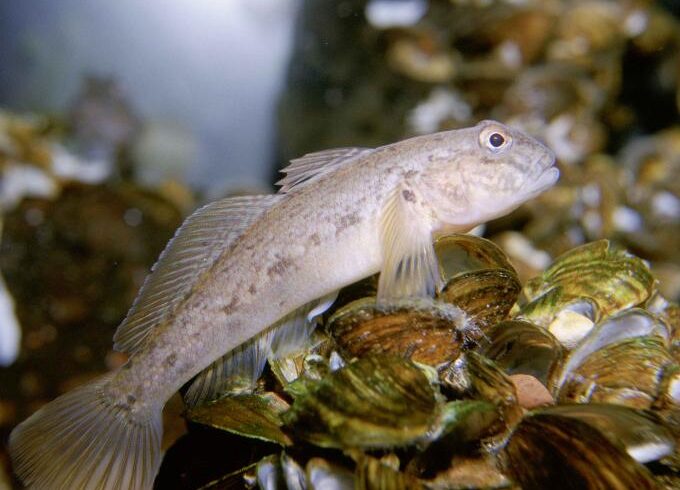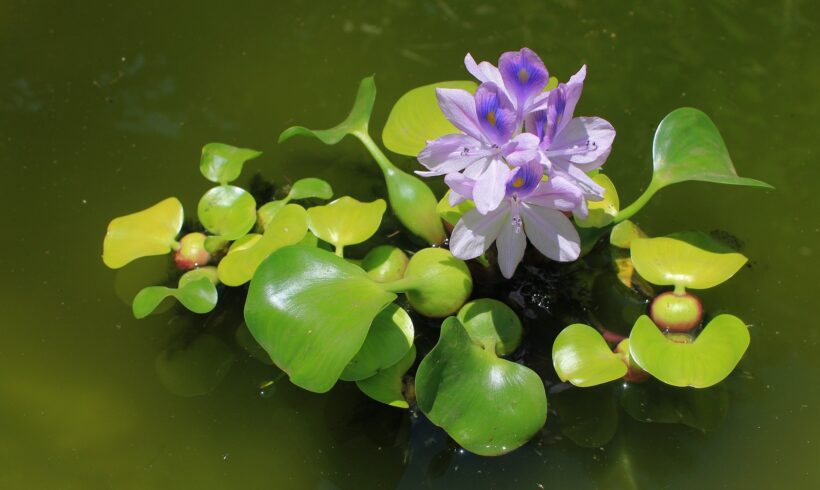New research questions our assumptions about invasive plants as the primary drivers of ecological degradation. Restoration success may be limited by interactions of different stressors.
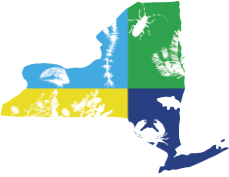
New York Invasive Species Research Institute
Archive for tag: aquatic invasive species
Promising but atypical: New evidence on water chestnut biocontrol host choice and feeding
In addition to documenting a departure from predictions in host-specificity testing, Simmons and Blossey present new evidence on the potential impacts and safety of water chestnut biological control.
Mystery solved? DNA barcoding reveals new snail in Adirondacks
How do we make use of new and existing technologies for early detection of aquatic invasive species? This study demonstrates how DNA barcoding can aid in identification of non-indigenous mollusks from New York’s waterways.
Researcher Spotlight: David Wong, Ph.D
NYISRI interviews Dr. David Wong, who seeks better solutions to managing aquatic invasive species, exploring novel tools like detection dogs.
How stakeholders respond to message frames | Research summary
Shaw et al. test five common message emphasis frames, offering insights into how they can influence engagement and behavior.
Hydrilla Hazard | Research Summary
After eluding scientists for decades, the causative agent of a deadly wildlife disease (vacuolar myelinopathy) is uncovered in a recent study, and has been linked to the colonization of invasive Hydrilla.
Researcher Spotlight: Dr. Joanna Freeland
Upon seeing the disparity between “well-behaved” Phragmites in Europe vs. invasive Phragmites in North America, Dr. Joanna Freeland was drawn to study Phragmites hybrids and invasive aquatic plants more broadly.
eDNA Advances: Counting up round gobies | Research summary
Advances in eDNA research show promise for estimating the abundance of invasive fish populations using water samples.
Research Summary: Bidding on the next aquatic invader
Buying aquarium organisms from across the world can be as easy as the click of a button, and that's the problem.
Research Summary: Starting the Stowaway Pathway
How do some aquatic species with low-mobility become widespread? Dispersing locally gives an advantage, and playing stowaway gets them the rest of the way.
- 1
- 2


